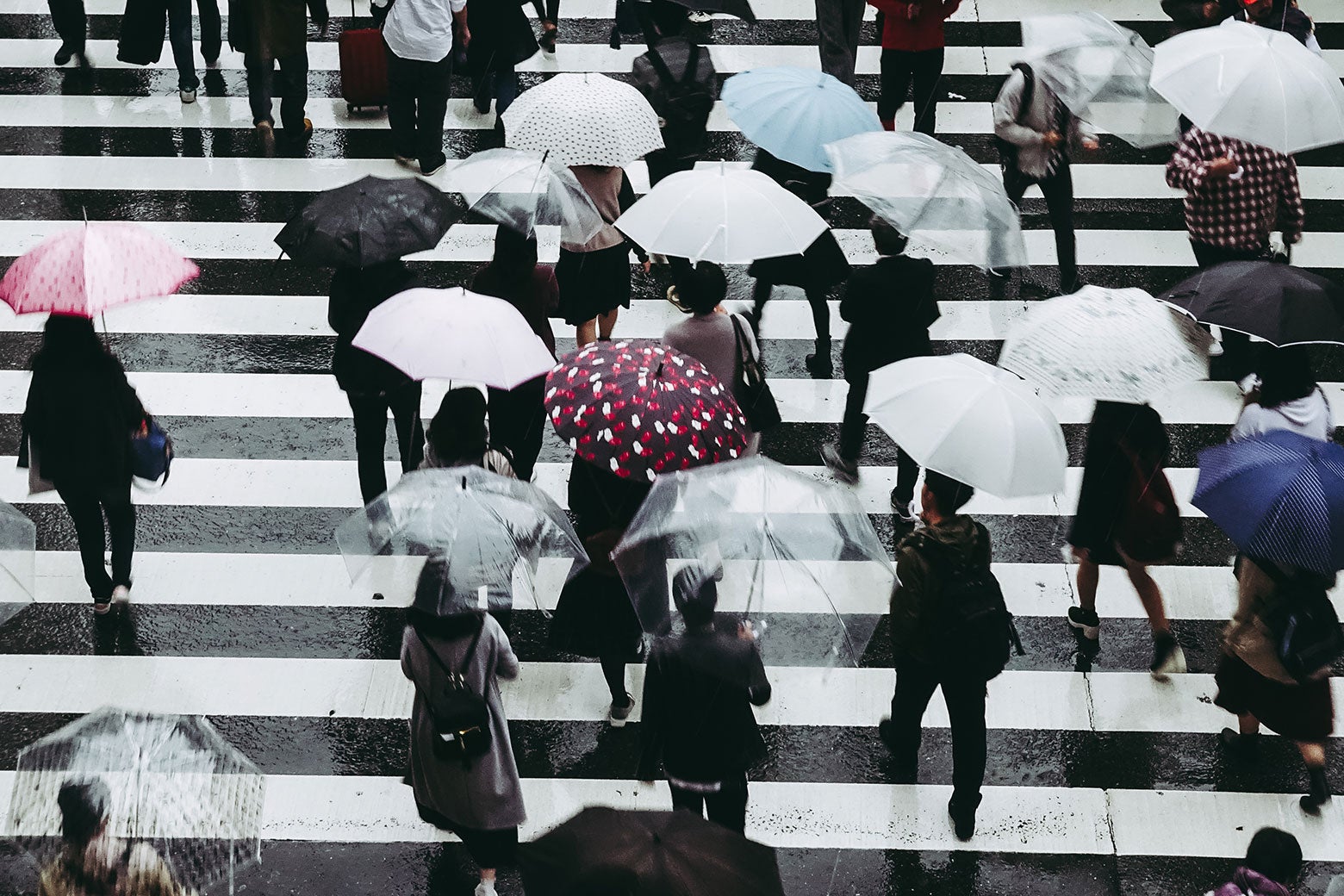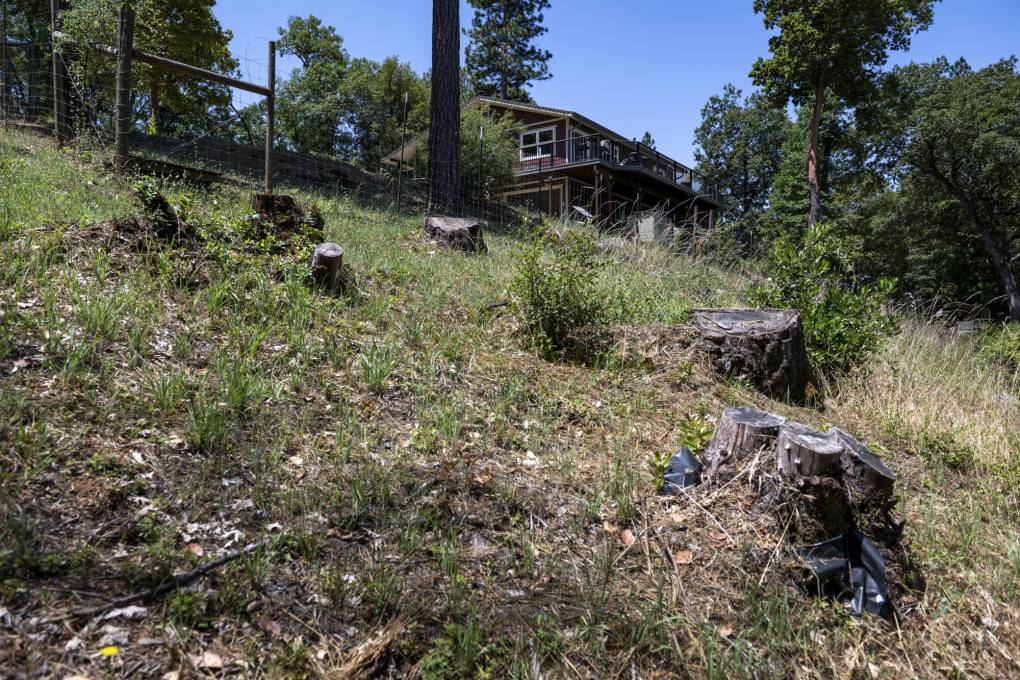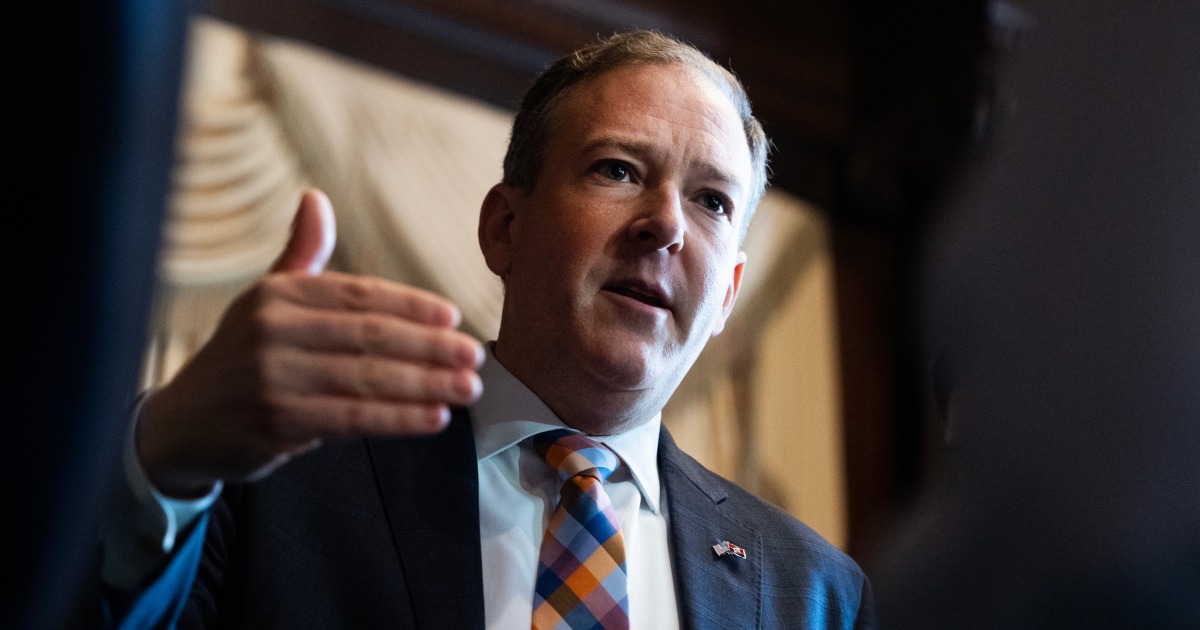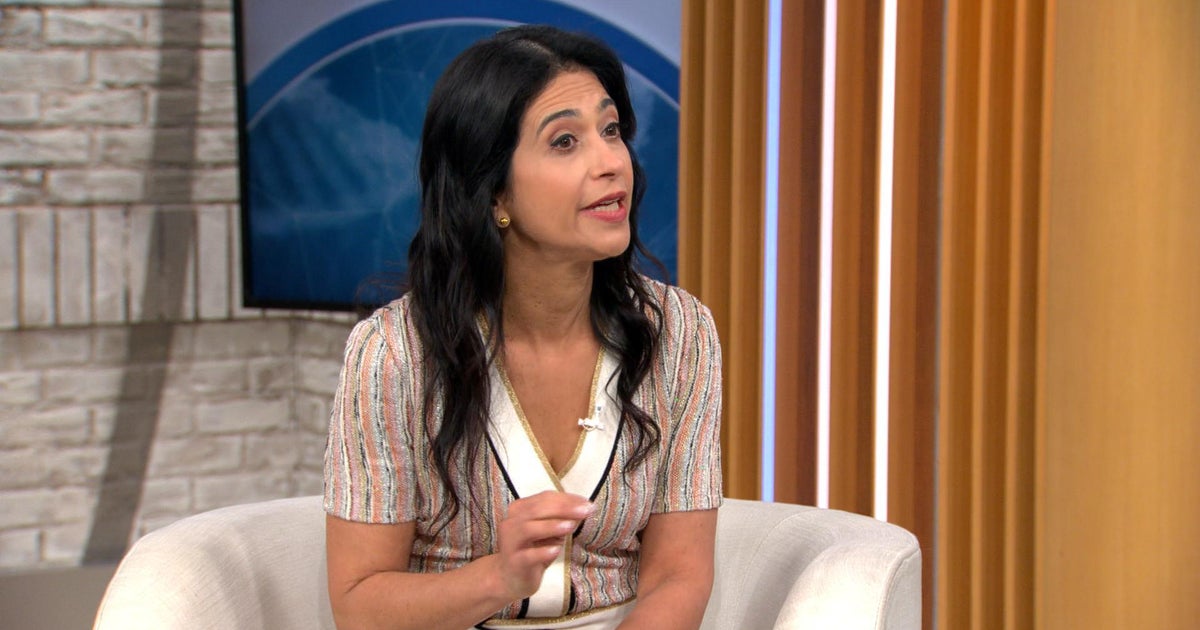Flooding is getting more frequent, extreme, and hard to predict—and most of us are dangerously unaware of its risks.

Sign up for the Slatest to get the most insightful analysis, criticism, and advice out there, delivered to your inbox daily.
July has been a month of floods. First came the July 4 deluge in the Texas Hill Country, which killed 135 people. Deadly flooding in New Mexico followed the next week. Then a record day of rain pummeled New York City, killing two people in New Jersey and sending waterfalls into the subway system.
More extreme rainfall is a well-documented consequence of climate change, because a hotter atmosphere holds more moisture. With 3,600 flash-flood warnings in 2025 and the year barely half over, the National Weather Service is likely to pass its annual average of 4,000 warnings before long. And yet Americans remain ambivalent about the growing risk of floods.
This spring, the “Climate Change in the American Mind” survey from researchers at Yale and George Mason University showed that large majorities of Americans believe rising carbon dioxide levels are affecting a variety of environmental problems, especially extreme heat, droughts, wildfires, and flooding.
But when asked to describe their own personal exposure to those risks, Americans’ concern level drops substantially. In the case of flooding, just 28 percent of respondents were “very” or “moderately” worried about extreme weather–related flooding in their area, a lower score than any other surveyed event except “reduced snowpack.”
This reverse empathy gap shows up in data about other perceived social problems, such as crime, where respondents justify their media-experience dissonance by concluding that the consequences of an issue are borne primarily by other people.
The data helps illustrate why it has been so hard to adjust to our new and very rainy reality, an atmospheric shift toward heavier precipitation that threatens rural Texas and New York’s 1 train in equal measure. Rainfall flooding has become an increasingly serious problem, overwhelming social and physical infrastructure. It has upended our sense of “climate havens,” as places like Madison, Wisconsin; Buffalo, New York; and rural Vermont have been swamped by unprecedented precipitation events in recent years. But if Americans aren’t worried about flash flooding, what’s going to keep us dry?
Rain may be a less intuitive consequence of global warming, suggested Jennifer Marlon, a scientist with Yale’s Program on Climate Change Communication, which conducts the survey. Unlike heat waves and melting ice caps, which are obvious consequences of a hotter planet, the new prevalence of extreme rainfall requires “another link in the causal chain,” she told me.
It can be hard to isolate the cost of rainfall flooding, since much flood damage falls under the umbrella of hurricanes, which have been by far the most expensive category of U.S. disaster over the past 30 years. But 54 percent of their fatalities since 2013 were caused by freshwater flooding, according to a Washington Post analysis—double the historical average of 27 percent.
The Post’s investigation concerns Hurricane Helene, and contrasts the outcomes for coastal Florida counties with those of inland North Carolina, where the storm destroyed towns and killed over 100 people last year. Coastal areas were both better prepared and more sternly warned, even though the potential for deadly flooding inland was also forecast days in advance. In an analysis of cellphone data, the Post found a 36 percent spike in people leaving Florida counties in the run-up to landfall. In North Carolina, there was no meaningful movement at all.
Keri Stephens, an expert in disaster communications at the University of Texas, said that rainfall flooding poses several special challenges. First, hurricanes aside, rainfall flooding is usually a “rapid-onset disaster” akin to an earthquake, where it’s hard to alert people in advance. The messaging problem begins in elementary school. There is no “Stop, drop, and roll” equivalent for a flooding event, she said, and her work shows that young people do not respond to “Turn around, don’t drown.” (The materialist “Keep your car high and dry” has more success.)
At the same time, she said, people who experience nonfatal flooding events and live with constant warnings start to view them as less serious. This process of “habituation” can undermine a good communication program. In Japan, which has a sophisticated flood warning system, residents accustomed to safety have begun to ignore evacuation orders.
Rainfall is also hard to predict, which gives pause to officials who are wary of losing the trust of the public. After the deadly Fourth of July floods in Texas, for example, the Kerrville city manager said that authorities were reluctant to “cry wolf” and order evacuations.
One issue for both forecasters and local officials is the variability of extreme rainstorms: Unlike heat waves or storm surges, which tend to blanket the areas they hit, rainstorms can form “mosaics,” in which one neck of a valley or one neighborhood of a city may see much more rain than a neighboring area.
“Specifically for precipitation, the effect of natural variability in the system is larger than the effect of climate change,” Iris de Vries, a researcher at MIT studying climate extremes, told me. These pockets of intense rainfall often take residents by surprise, even if they are part of a familiar-looking storm system. “Most disasters that could happen haven’t happened yet.”
In addition to putting record amounts of moisture into the atmosphere, which has induced more extreme rainstorms, climate change also makes these calamities harder to anticipate, explained Bernhard Rappenglueck, an atmospheric scientist at the University of Houston. That’s because weather systems appear to be slowing down. A fast-moving storm will drench a large area, but a slow-moving storm (like Hurricane Harvey, which stalled over Houston in 2017) will bring outsize consequences wherever it decides to hover. That can “cause drastic changes of rainfall amounts over shorter distances,” Rappenglueck told me.
What’s to be done? The obvious step is to adapt our infrastructure to accommodate new expectations of storms, whether through alert systems, storm sewers, floodwalls, or green infrastructure. But that takes money, and unfortunately, things are moving in the opposite direction, with the Trump administration clawing back money from studies on public transit resilience and anything else that mentions climate change. Or we could ask why, despite flooding’s intensity, unpredictability, and ubiquity, Americans seem unworried by the threat of rain. Perhaps it’s just harder to see than other disasters. Unlike the ocean, whose breakers instantly communicate danger, the culprit in a flooding event could be as unimposing as a tiny creek or a clogged storm drain. It doesn’t look like much until the water is at your door.
Sign up for Slate's evening newsletter.









 English (US) ·
English (US) ·